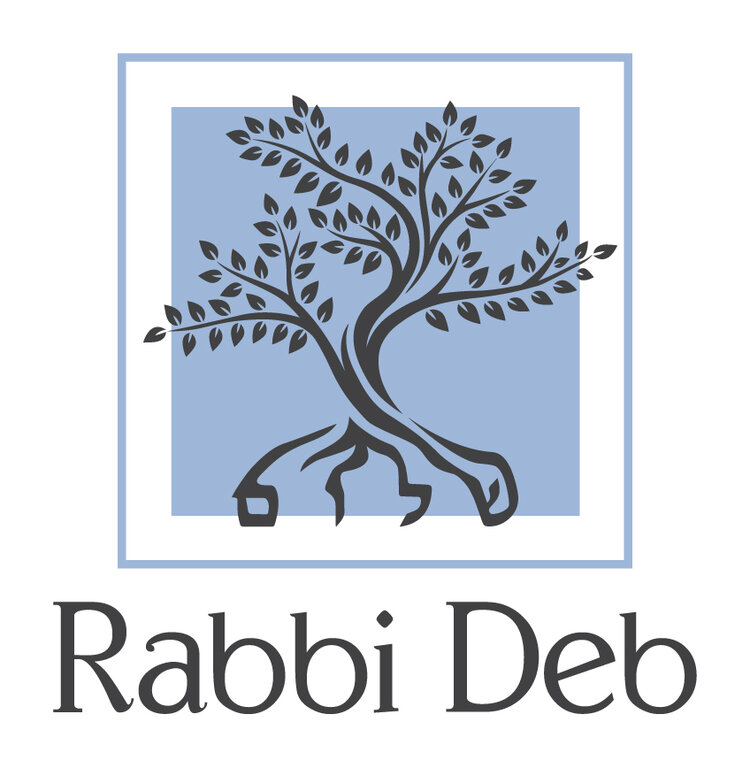Guest D'var Tazria April 5, 2019
Re-posted with permission from Naomi Gould—high school student:
Shabbat Shalom. This week’s parsha, Tazria (Leviticus 12:1-13:59), contains God’s instructions to Moses about post-childbirth rituals and how to treat those afflicted with a scaly rash called “tzara’at,” or leprosy.
The entirety of chapter 13, all 59 verses, are dedicated to the procedures relating to the disease, almost all of them instructing isolating the sick from the community. Upon learning this parsha in the Lower School and rereading it recently, I developed a certain distaste for this solution. It initially seemed as though the goal was to placate the community by ridding them of any threat, and thus forgetting about the vulnerable. Though it was a public health need, it unsettled me how the dignity of a sick individual appeared to be so easily disregarded. In fact, the Jewish value K’vod Ha-B’riot, or honor for all human beings, orders us to show dignity and respect to everyone.
While I could have attempted to find an exception to this rule for the treatment of a contagious disease, I was determined to discover how this parsha still does protect the dignity of the sick. Verse two instructs that, when a rash presents itself,
“וְהוּבָא אֶל־אַהֲרֹן הַכֹּהֵן אוֹ אֶל־אַחַד מִבָּנָיו הַכֹּהֲנִים׃”-- “it shall be reported to Aaron the priest or to one of his sons, the priests.” The Kohanim, the priestly leaders of the community, were involved intimately in helping the sick, demonstrating that there was tradition and honor in the care and compassion towards the sick in B’nai Israel. The most important members of society were brought in to assess the state of each individual, therefore, isolation was not necessarily just to rid the community of the sick, but rather to support those afflicted.
However, the Rabbis go farther than to state the importance of caring for the physically sick; they strive to protect the emotional and psychological well-being of the ill. Verse three reads, “וְרָאָה הַכֹּהֵן אֶת־הַנֶּגַע בְּעוֹר־הַבָּשָׂר” or “The priest shall examine the mark on the skin of his body.”
Rabbi Meir Simcha ha-Kohen in the Meshech Hochma reads this as “When the priest sees him,” saying that the priest is to examine the entire person, not only the diseased parts, but also what is whole and healthy.
The way I see it, trying to see the person behind the illness and not simply reduce them to the threat they pose to society is how B’nai Yisrael still provides them with dignity and respect. When B’nai Israel were faced with a challenge of a dangerous disease, they strove to address it through valuing compassion, care, and avoiding humiliation.
Therefore, we have a responsibility to treat each other with respect when struggling with our own ailments. Whether it’s the flu, a broken bone, depression, anxiety, ADHD, OCD, just allergies, or any struggle that brings us down, it’s crucial to remember that the person is not limited to their condition, whatever it may be. Seeing past someone’s illness to the human inside gives that person the dignity and respect that B’nai Yisrael provided as well.
Moreover, with stigmas in society, it’s easy to alienate anyone who has a disorder or is unhealthy. If Tazria teaches us anything, it’s that ensuring that we demonstrate care and support for those around us is imperative to creating a strong community.
So, as we head into this final quarter with final essays, final presentations, and final exams, almost everyone will be dealing with some sort of stress. Now, more than ever, I implore us all to help people with dignity rather than laughing a problem off; to make sure we’re being kind, understanding, and supportive so that we can better the environment we’re in every day. Shabbat shalom.
